Somatic yoga is a form of yoga that focuses on connecting with the inner body.
The word ‘somatic’ arises from the Greek word soma meaning body. ‘Somatic’ thus means relating to the body.
Somatic yoga for beginners is a great way of getting started if you are intimidated by regular yoga and its intensity.
Regular yoga focuses on making certain body postures called asanas. However, while trying to perfect these body postures, the true essence of yoga — union loses its meaning.
Thus, Somatic Yoga which emphasizes gentle movements and listening intuitively to your body is an effective way of connecting with your inner consciousness.
In this blog post, you will understand the Significance of Somatic Yoga for Beginners, Somatic Yoga Benefits, and some basic Somatic Poses to get you started.
If you’re interested in making your blogs rank or engaging in spiritual conversations, contact us here or drop a mail.
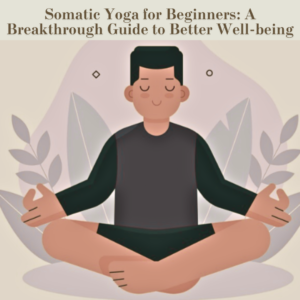
Table of Contents
What is Somatic Yoga?
The branch of Somatics was developed by Dr. Thomas Hanna, a philosopher and theorist in 1976. He found that specific body movements can help restore muscle flexibility, improve posture, and impact the body positively.
Later, Eleanor Criswell, a psychology professor developed Somatic Yoga.
Somatic Yoga is a type of yoga that focuses on connecting with the inner body through conscious movements and visualization, without causing muscle strain.
While making somatic poses, you listen to your body and let it guide you, contrary to the asanas where the focus often unintentionally, shifts towards striking the right pose and moving the physical body.
Somatic Yoga stresses mind-body integration and the healing of the Somatic Nervous System (SNS).
The SNS is a part of the Peripheral Nervous System and controls the movement of the body’s muscles, excluding the spinal cord and brain.
For beginners Somatic Yoga is a great way to kickstart a conscious and self-paced healing journey.
Benefits of Somatic Yoga for Beginners
Regular yoga can cause back pain, and muscle injury for beginners. Thus, if you want to indulge in movement therapy, then Somatic Yoga is a great way to get started.
The Benefits of Somatic Yoga for Beginners are similar to traditional yoga but more internal. They are as follows:
1. Improves posture. Somatic yoga allows you to test the limits of your body’s flexibility without causing it pain.
It increases your core and muscle strength, thus, resulting in improvement in body posture.
2. Enhances flexibility and mobility. Yoga poses such as hatha yoga, tree pose, cow pose, bhujangasana, etc., help in enhancing flexibility and mobility when practiced daily.
3. Increases Self-awareness. Somatic Yoga involves movements that make you gently touch your body, engage in breathwork, and listen to the soft nudges that your movements indicate.
These conscious movements allow you to understand the limits of flexibility and adaptability of your body, increasing self-awareness.
4. Reduces Anxiety. Somatic yoga poses calm your nervous system and help you connect with yourself deeply.
It is thus a great way to release anxiety and suppressed emotions that get trapped in your body through life’s traumatic events.
5. Boosts Energy Level and Mood. Somatic yoga not only helps improve physical aspects like posture, mobility, and flexibility but also improves energy levels by making you feel centered and collected, in the long run.
It helps you to ground your energies and stay present.
6. Helps in Releasing Trauma. With the help of a good yoga practitioner or by following suitable yoga tutorials, somatic yoga allows you to hear pain and trauma.
When you connect to your physical and emotional being, you truly understand the heavy emotions your body had experienced during moments of stress and difficulty.
Somatic yoga allows this pain to resurface and gives it room to breathe.
Bessel van der Kolk, a Dutch psychiatrist, said, “The body records all personal history, even if the conscious mind does not.”
7. Enhances Your Relationship with Yourself. Somatic yoga allows you to hear yourself and your body’s needs.
When you slow down, and focus on your breath and how your body stretches, you connect to the divine being inside you.
Indulging in Somatic yoga for beginners or anyone else is a great way to rekindle the sacred connection you share with yourself.
Somatic Yoga Poses
(Disclaimer: If you are suffering from any injuries or muscle pain, please consider taking the guidance of a medical practitioner before doing somatic yoga or practicing any yoga pose)
Some of the basic poses for Somatic yoga for beginners are:
1. Neck Release. Stretch your neck gently on each side and release the trapped tension.
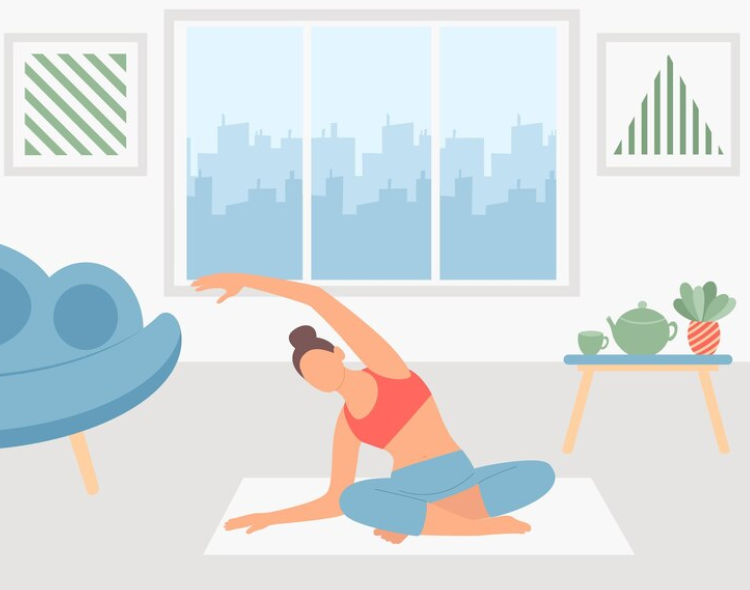
2. Shoulder Opening. Open your shoulders and chest and feel your shoulder muscles contract and expand.
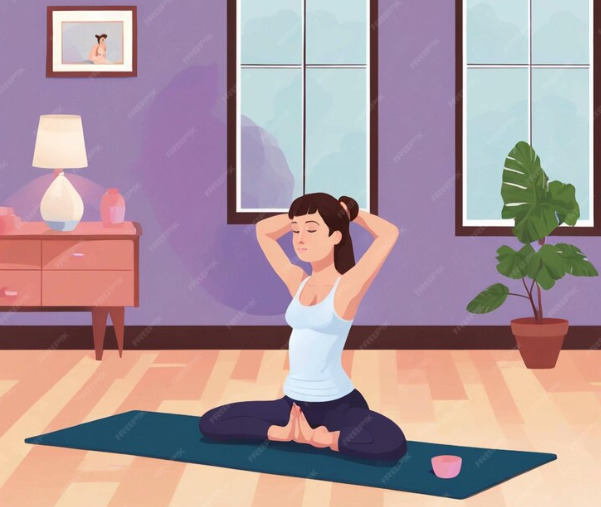
3. Spinal Twist. Twist your spine in a revolved cross-legged pose or supine yoga pose.
(Contrary to popular belief, spinal twists are a great way of feeling good but should be practiced with proper guidance)
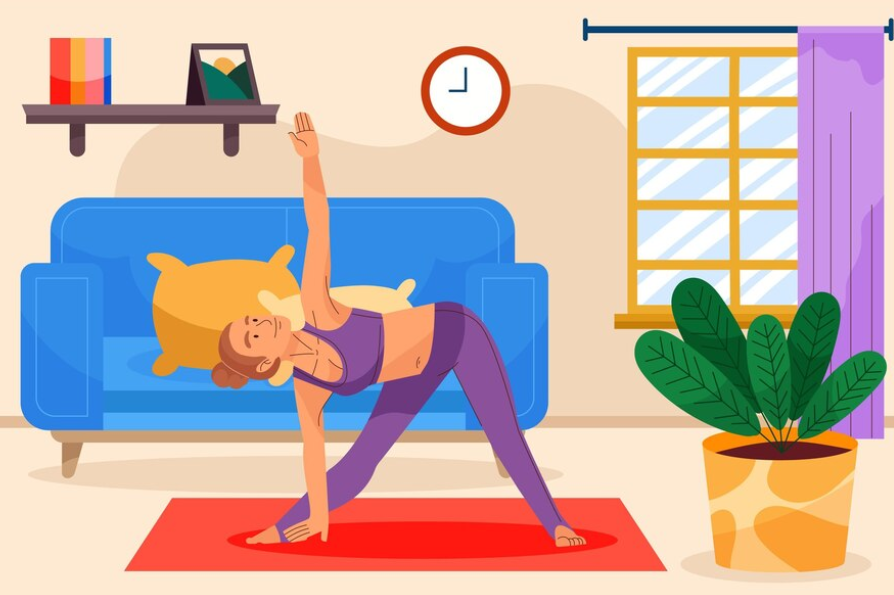
4. Leg Stretch. Lunge, forward bend, mountain pose, hero pose, etc. are great yoga poses to stretch your legs.
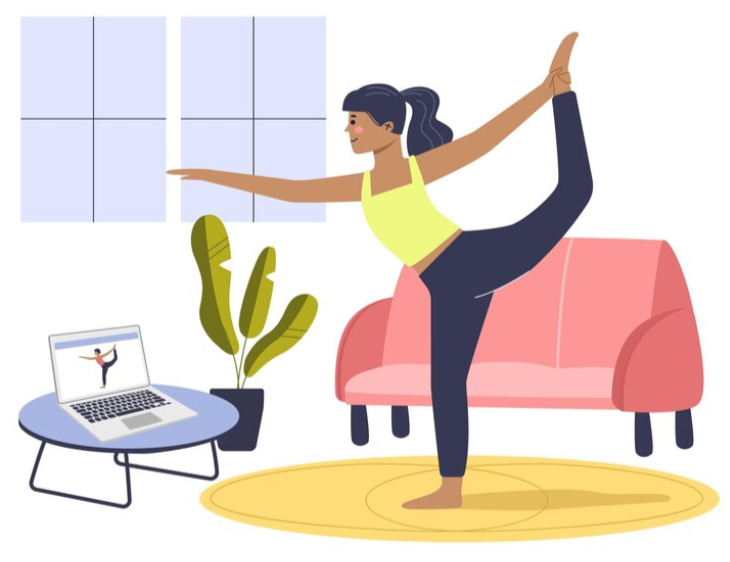
For more Somatic yoga poses, click here.
Tips for Somatic Yoga for Beginners
Somatic yoga contributes to the right body posture, body alignment, and groundedness. It has a lesser risk of causing chronic pain or injury as compared to regular yoga.
But if practiced without caution, it may cause injuries. Thus, some tips to be kept in mind for Somatic Yoga for Beginners are:
1. Start Slow. Somatic yoga includes gentle body movements but if you rush through the poses, it may lead to muscle pain or injury.
2. Listen Intuitively to Your Body. Don’t rush yourself. As a first-timer, your body might be rigid due to a lack of physical exercise. Give your body time to get used to the movement.
Once you feel your body is adapting well to the poses, then start practicing complex exercises.
3. Focus on Your Breath. Breathwork is the most important segment of all forms of yoga. Breathing consciously will allow you to center yourself and find your center.
4. Be Patient with the Results. Somatic yoga is not for people who want quick results with their bodies. If you aim to lose weight, you should opt for gym or other intense workout practices.
Somatic Yoga is best for releasing trauma, connecting with your body, and with yourself deeply.
Conclusion
In this era of chaos and anxiety, Somatic Yoga for beginners is a great way to connect with your body.
Due to misguidance, yoga has lost its traditional meaning. But his form of yoga will help you to connect to your mind, body, and spirit.
Somatic yoga will help you to improve body posture, increase flexibility, and reduce anxiety and tension.
It is a great form of healing that will allow you to slow down and nurture the physical vessel that protects your soul.
If you liked this post, consider subscribing using the form below. For any feedback or query, contact us!
FAQs
1. What is Somatic Yoga for Weight Loss?
Somatic Yoga is a form of yoga that includes gentle movements that allow you to connect with your body. It doesn’t directly affect weight loss but it improves metabolism which is a leading factor in losing weight.
2. What are Somatic Exercises for?
Somatic exercises are for connecting to your inner body, releasing trapped tension, improving body posture, and increasing flexibility.

Pingback: 9 Proven Methods for Living a Purpose Driven Life - The Cosmic Words